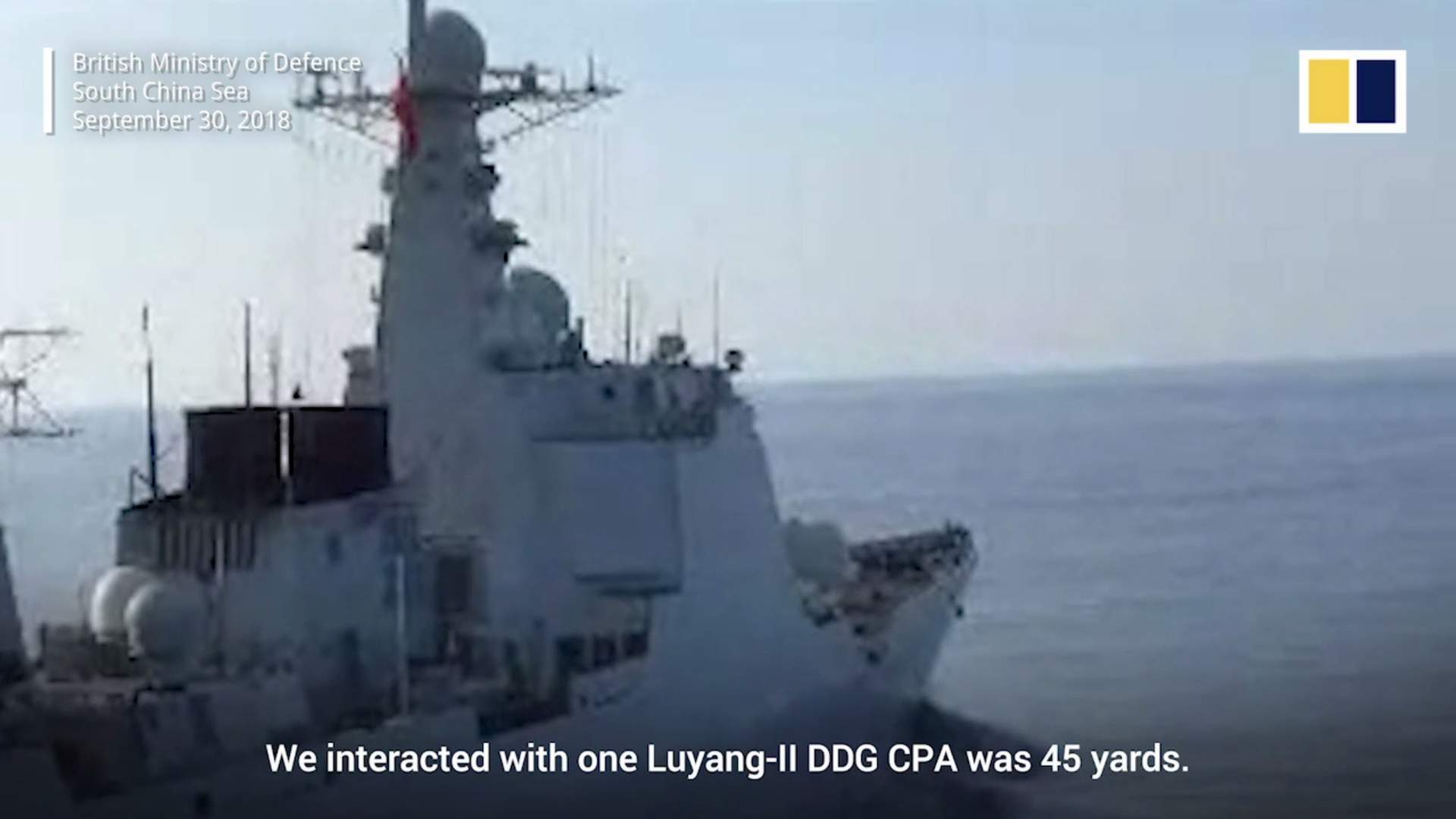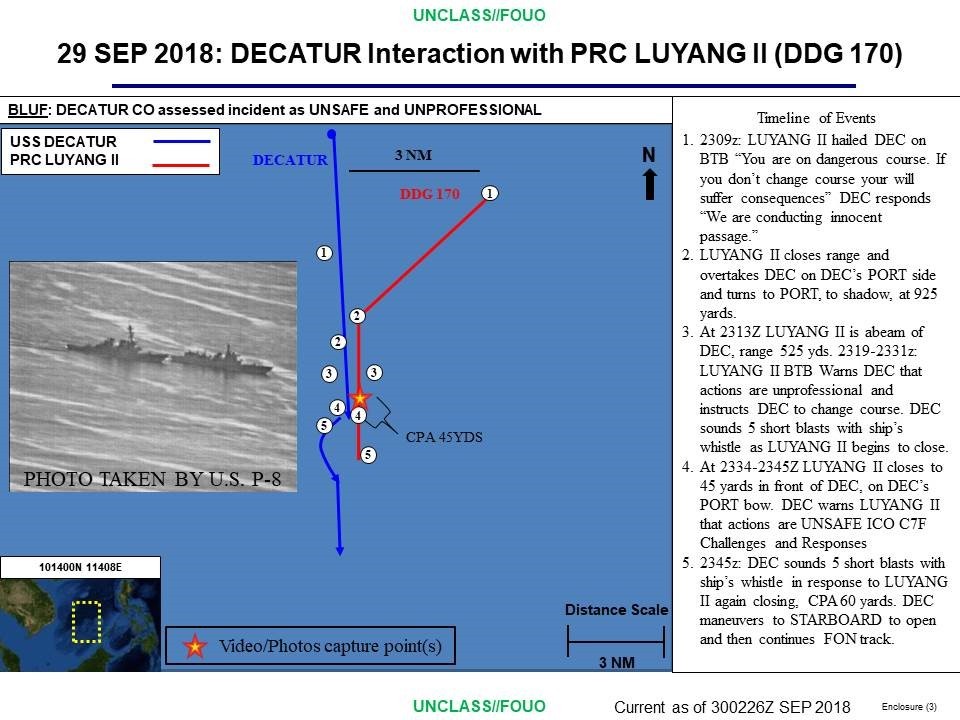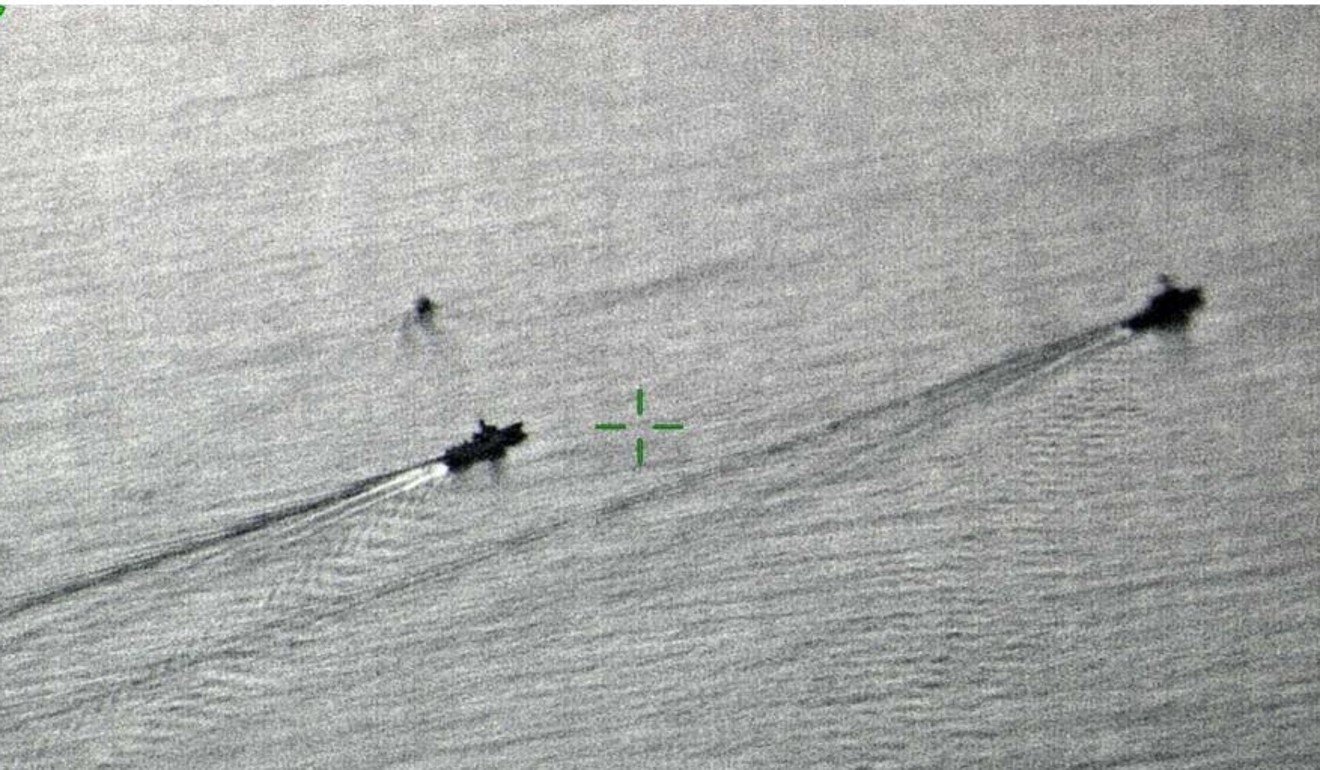The
has called on China to return to a previously agreed-upon code of conduct for at-sea encounters between the ships of their respective navies, stressing the need to avoid miscalculations.
During a Nov. 1 teleconference with reporters based in the Asia-Pacific region, Adm. John Richardson said he wants the People’s Liberation Army Navy to “return to a consistent adherence to the agreed-to code that would again minimize the chance for a miscalculation that could possibly lead to a local incident and potential escalation.”
The CNO cited a case in early October when the U.S. Navy’s guided-missile destroyer Decatur reported that a Chinese Type 052C destroyer came within 45 yards of the Decatur as it conducted a freedom-of-navigation operation in the South China Sea.
However, he added that the “vast majority” of encounters with Chinese warships in the South China Sea “are conducted in accordance with the Code of Unplanned Encounters at Sea and done in a safe and professional manner.” The code is an agreement reached by 21 Pacific nations in 2014 to reduce the chance of an incident at sea between the agreement’s signatories.
Richardson also said “the United States Navy is committed to resuming the rotational deployments of littoral combat ships to Singapore and Southeast Asia, and we look forward to using these platforms to engage with our allies and partners.”
He added that the Navy is looking forward to future deployments of the LCS, but is currently “focused on ensuring future deployments of the LCS incorporates the lessons learned from earlier deployments.” The last LCS to deploy to the region was the Coronado, which returned stateside in December 2017 following an 18-month deployment.
However, Richardson did not provide a date for the next LCS deployment. He also declined to confirm reports in Taiwanese media that U.S. Navy ships will make a port visit to the Taiwanese port of Kaohsiung sometime in November, saying that it was “not a good idea to talk about future operations.”
The CNO is currently in New Zealand as part of a regional tour to regional allies and partners. He previously visited the Philippines, Indonesia and Australia during the tour.










